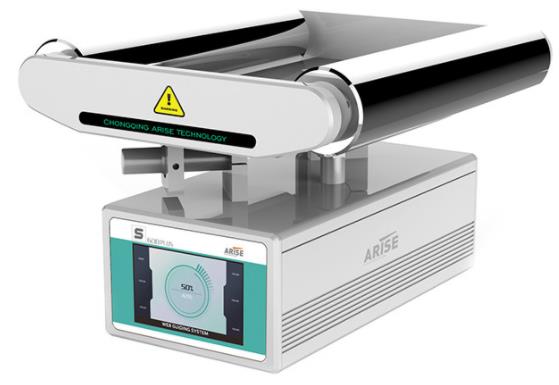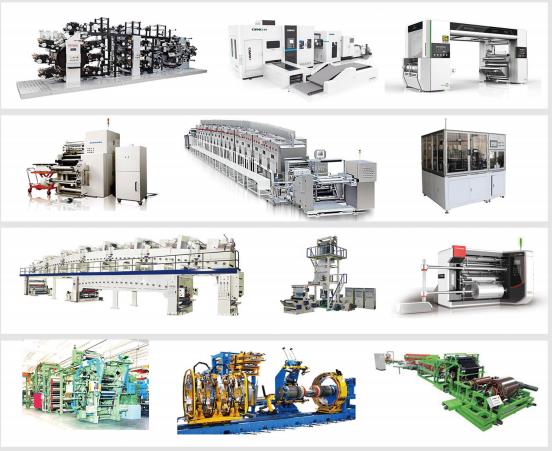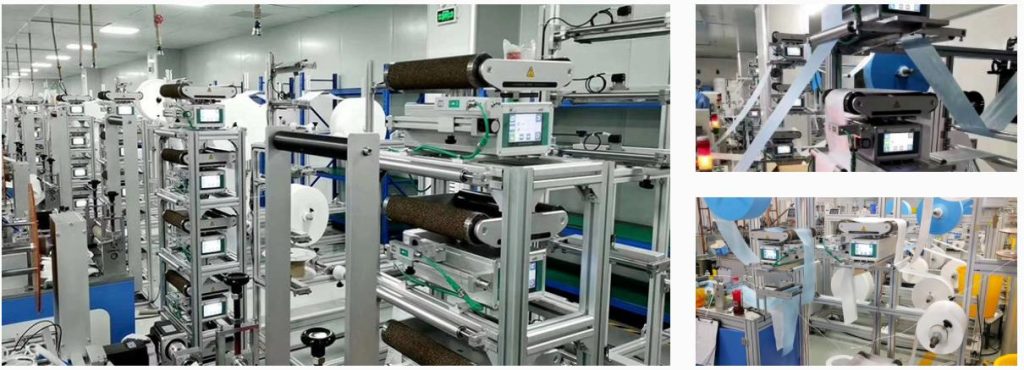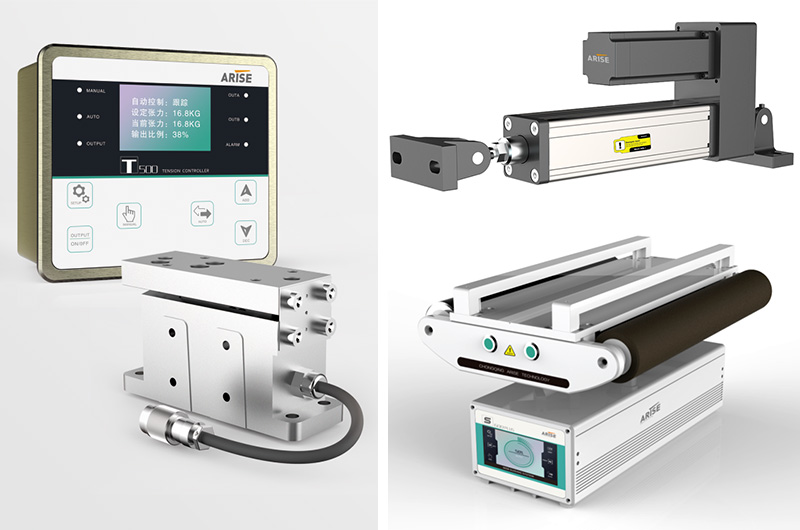How To Choose Web Guide Systems For Different Types Of Materials: Applications And Considerations
Web guide systems play an important role in various industries by guaranteeing perfect alignment and material control during manufacturing operations. When it comes to selecting and implementing online directing systems, different sorts of materials necessitate special considerations. This article discusses the applications and considerations for web guiding systems in connection to different types of materials.

Web Guide Systems For Paper and Printing Materials
Web guide systems are widely used in the paper and printing industries to maintain proper alignment and tension of paper and other printing materials. These systems are critical in guaranteeing correct registration, reducing waste, and enhancing overall print quality. The sensitivity of paper to tension fluctuations, web width, and the need for high-speed and exact registration control are all factors to consider while selecting web guide equipment for this application. Additionally, the web guide control system should be able to handle different paper grades and sizes, as well as variations in coatings or finishes that may affect the surface characteristics of the material.

Web Guide Systems For Films and Flexible Packaging Materials
In the flexible packaging business, web guide systems are critical for ensuring appropriate film alignment during the printing, laminating, and slitting operations. The thickness, elasticity, and surface properties of films used in flexible packaging might vary, posing unique issues for web guiding. The elasticity of the film, which influences the gripping and guiding mechanisms of the web guiding system, is one of the issues for web edge guiding systems in this application. Furthermore, the system should be capable of maintaining exact tension management to prevent the film from stretching or wrinkling during the guiding process.
Web Guide Systems For Nonwoven Materials
Web guide control systems are used in nonwoven production to align and manage materials such as spunbond, meltblown, and composite nonwovens. Nonwoven fabrics are frequently delicate, necessitating sensitive handling and exact control to avoid damage or misalignment. The delicate nature of nonwoven materials, the need for minimal touch with the material to avoid distortion, and the capacity to manage varied material widths and thicknesses are all factors to consider when designing web guiding systems for this application.

Web Guide Systems For Metal Foils and Sheet Materials
Web guiding systems are used to guide and manage metal foils and sheet materials during manufacturing processes in sectors such as metal processing and packaging. Metal foils can be stiff, necessitating the use of strong guiding mechanisms to achieve proper alignment. In this application, web guide control systems must take into account the stiffness and surface properties of metal foils, which may necessitate specific guiding mechanisms and robust control systems. The system should be able to manage tension precisely and handle variable material thicknesses and widths.
Web Guide Systems For Textiles and Fabrics
In textile manufacturing, web edge guide systems are used to align and manage fabrics during weaving, printing, and finishing activities. Fabrics with varied thicknesses, flexibility, and weave patterns necessitate adaptable guiding devices and accurate tension control. In this application, web guide systems must have flexible guiding parts to accommodate varying fabric widths and patterns. The system should also be capable of precise tension control in order to ensure proper alignment and prevent fabric distortion throughout the guiding process.
Web Guide Systems For Composite Materials
Web guide systems are used to maintain proper alignment during layup operations in the fabrication of composite materials such as carbon fiber sheets or fiberglass laminates. To maintain structural integrity, composite materials frequently necessitate cautious handling and perfect alignment. The special needs of composite materials, such as the necessity for regulated tension, careful handling, and low distortion during guiding, are factors to consider for web guiding machines in this application. To handle variable material widths and ensure proper alignment during the layup process, the system should be capable of delivering precise and customizable guidance.
Web Guide Systems For Adhesive Tapes and Labeling Materials
To maintain perfect alignment and tension control, web guide control systems are required in the production of sticky tapes and labels. Accurate registration and regular alignment are critical for assuring adhesive product quality and reliability. In this application, web guiding equipment must have accurate registration, minimum waste, and dependable edge detection for consistent guiding of narrow webs. The system should be able to provide precise guidance to handle varying web widths and maintain exact alignment throughout the manufacturing process.
Web Guide Systems For Foam and Foam-based Materials
Web guiding systems are used in the foam material manufacturing industry to ensure perfect alignment and tension control during the cutting, slitting, and laminating operations. Because foam materials can be compressible, specialist guiding systems capable of delicate handling are required. The compressibility and flexibility of foam materials are important considerations for web alignment systems in this application. To prevent material distortion or damage during the guiding process, the system should be capable of providing precise and gentle web guiding.

Summary
Web guide systems are essential in many industries that deal with various types of materials. Understanding the applications and concerns unique to each material type is critical for choosing the right web guiding machine. To ensure optimal performance and productivity in material handling and manufacturing operations, factors such as material properties, web width, tension control needs, and alignment precision should be carefully considered. Industries can increase quality, productivity, and overall production performance by selecting the appropriate web guiding system for a specific material.


